The Roosevelts, a seven-part documentary produced by Ken Burns that appeared recently on PBS stations in the United States, explores a rich topic: the Roosevelt family. Covering the years 1858 to 1962, the episodes follow the politics of the era through three interlocking biographies of Theodore, Franklin, and Eleanor Roosevelt, the latter one of the most important female political figures of the 20th century.
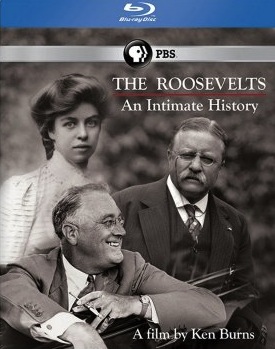
The documentary doesn’t offer much new and won’t change how we think about this political family, but it is a mostly comprehensive overview in Ken Burns’ trademark engaging style.
Let’s look at the fourth and fifth episodes, which focus on FDR and Eleanor in their early political careers (from 1920-1933) and during the New Deal (from 1933-1940).
The fourth episode begins with FDR’s run as a vice presidential candidate, which he lost decisively, but soon shifts to his battle with polio. Burns is able use extensive correspondence from the Roosevelt family to reconstruct the personal trauma his illness caused. At the same time, The Roosevelts traces Eleanor Roosevelt’s emergence as an independent activist and her growing estrangement from her husband.
It also explores the ways polio changed FDR into the candidate he was in 1928, in particular by focusing on his empathy for the suffering of others. Burns points to FDR’s creation of the Warm Springs resort for polio victims. Enriched through an interview with a woman who was there, he argues that Warm Springs marks a decisive change in Roosevelt that made him the caring and sympathetic figure he would be in the White House.
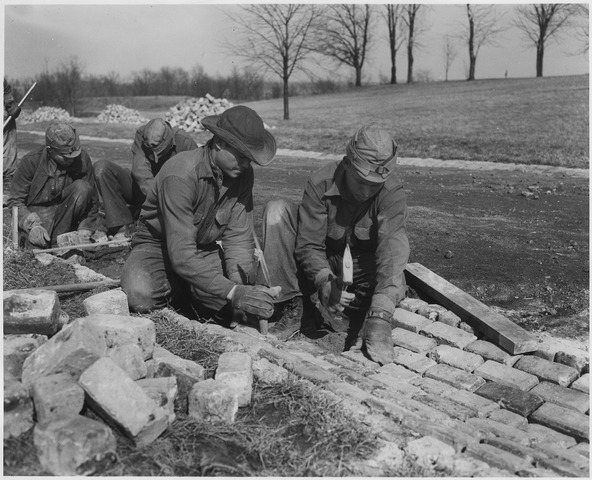
While this approach certainly has its merits, the focus on political events is an odd stylistic choice given biographical approach of the documentary as a whole. By focusing on the achievements of the New Deal, Burns unfortunately side-lines the personal lives of his subjects.
FDR, through The Roosevelts, is a charitable patrician, helping the American people out of kindness. However, FDR was also a shrewd politician who made calculated decisions, often as much for political gain as out of goodwill. By only focusing on one aspect of FDR’s character, The Roosevelts leaves him a simplified, saintly figure.
The depth of Burns’ research in unearthing obscure pictures and film clippings is impressive. Particularly, Burns managed to find a wealth of visual evidence of FDR’s polio, including footage of him walking on his braces, pictures of him in crutches, and other footage that makes clear the disability FDR had to overcome.
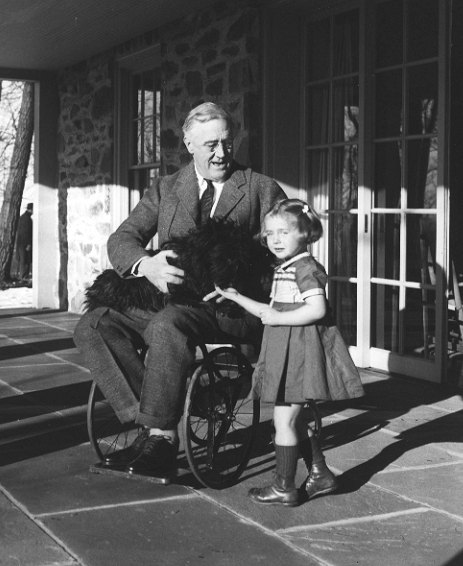 As guarded about his disability as FDR was, it is surprising any footage like this exists, much less enough for a lengthy documentary. Burns makes good use of these pieces, and shows viewers a different picture of the President than many have seen.
As guarded about his disability as FDR was, it is surprising any footage like this exists, much less enough for a lengthy documentary. Burns makes good use of these pieces, and shows viewers a different picture of the President than many have seen.
Focusing on the Roosevelt family helps organize The Roosevelts in an enlightening way, allowing a familiar story to be told in an unfamiliar way.
The Oyster Bay Roosevelts and the rich republican wing of the family both play an important role in the documentary.
In what surely is new information to anyone but the most devoted followers of the Roosevelt family, Burns highlights how Theodore Roosevelt’s son, Ted Jr., became an important political figure who challenged FDR in almost every political arena he entered.
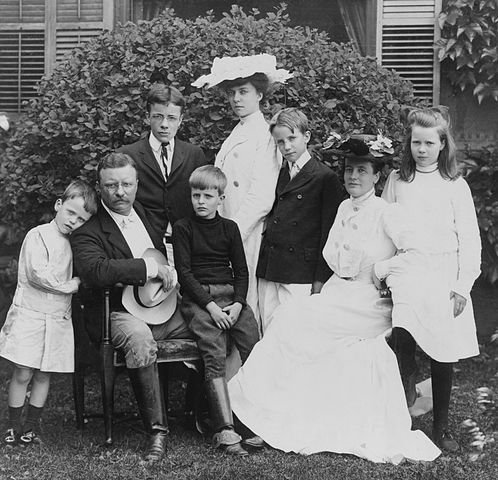
If there are weaknesses to The Roosevelts, they mostly come down to odd choices of coverage. Episode four, for instance, provides little of the political climate of the twenties, which masks just how different FDR was as a presidential candidate.
Likewise, episode five has a strange idea of what parts of the New Deal are worth its attention: Burns spends quite a bit of time on the CCC, but almost none on the Wagner Act; a large span discussing the banking holiday, but very little explaining how the NRA worked.
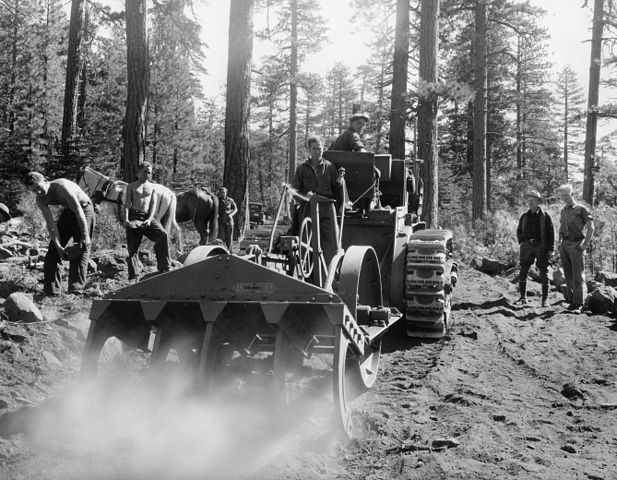
It could also be argued that by focusing on “big names,” as Burns does, he ignores the efforts of regular people: as the work of historians Lizabeth Cohen, Gary Gerstle, and others has shown, the changes the New Deal brought owe themselves to labor leaders and activists as much as to FDR.
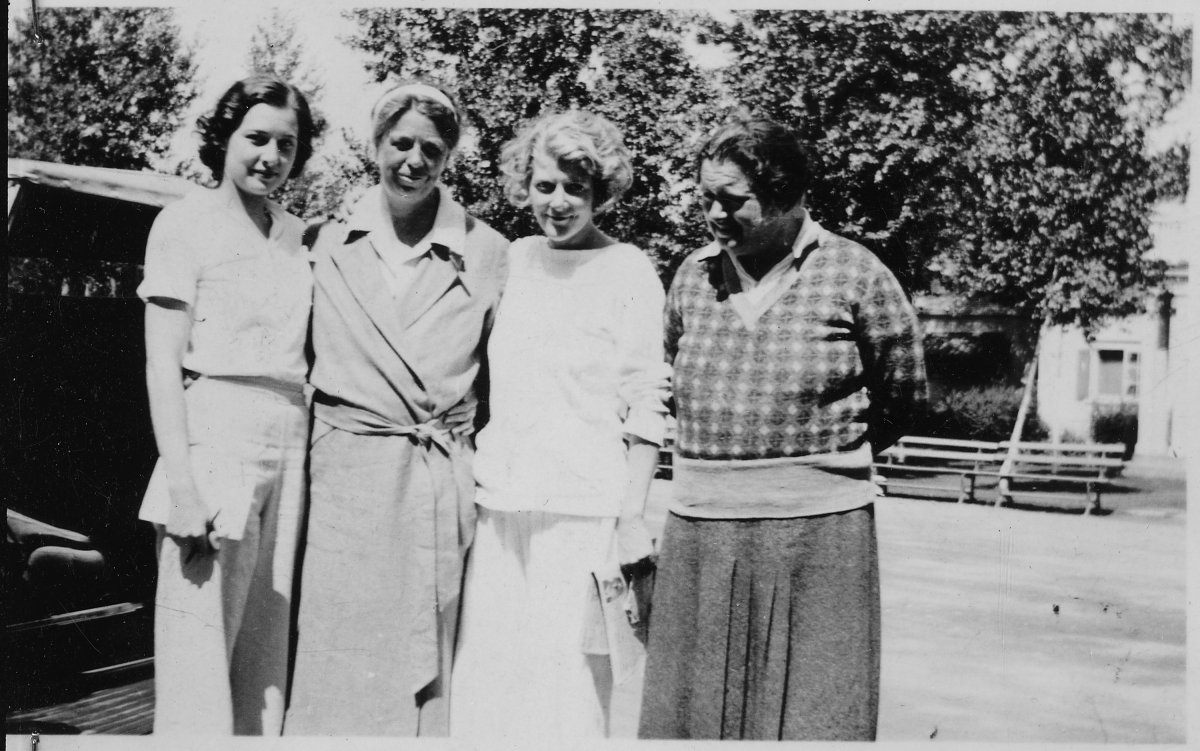
But most egregiously, the documentary sidesteps the relationship between Eleanor Roosevelt and Lorena Hickok, offhandedly naming them “close friends,” but ignoring their love letters and the very real possibility that their relationship was much closer than friendship. If The Roosevelts’ goal is to narrate the lives of these three Roosevelts, it seems incomplete to underplay possibly one of the most important relationships of Eleanor Roosevelt’s life.
